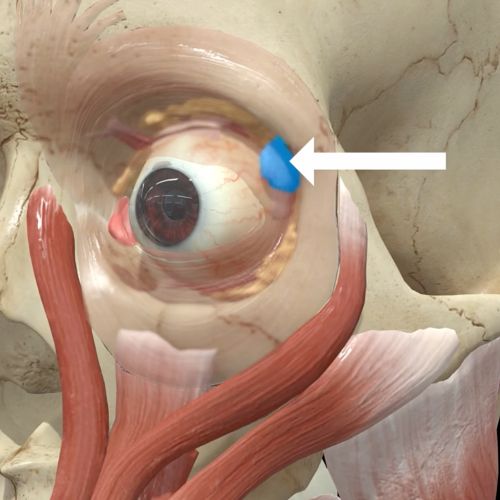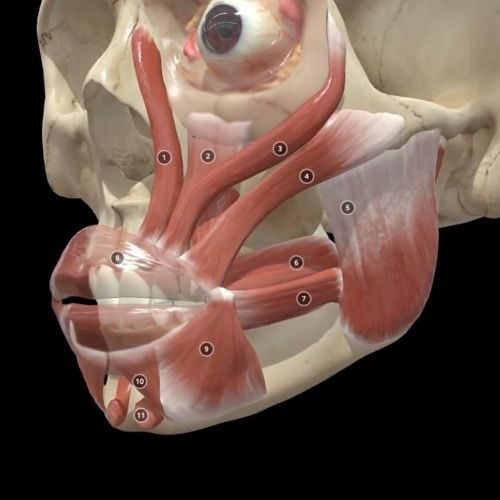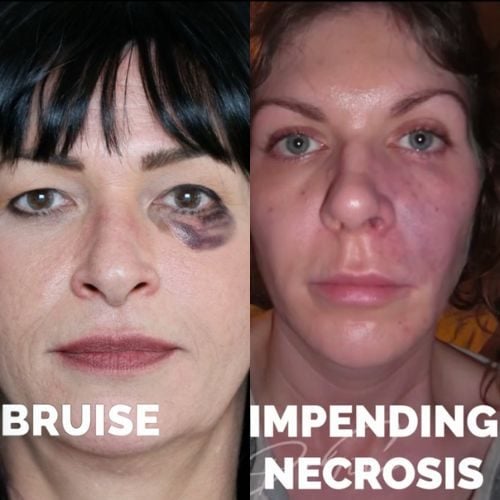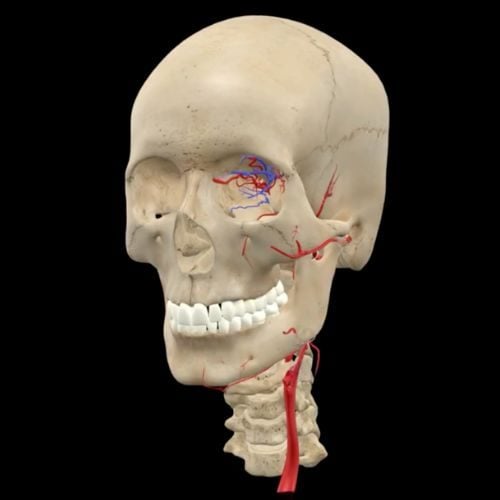- Mail us: support@drtimpearce.com
Why Most Injectors Struggle with Facial Anatomy
You may be interested
 Dr Tim Pearce
Dr Tim Pearce
The Missing Education Gap
The Hidden Truth About Anatomy Education
Most people think that knowing anatomy means being able to label all the arteries, but when you’re confronted with a real patient, you rapidly realize this academic knowledge feels different. It’s three-dimensional, it’s an individual person with slight variations in anatomy, and that sense of clarity you get when you can finally label all the arteries disappears when you’re actually confronted with a patient.
This represents one of the most significant gaps in aesthetic education today. While practitioners can pass anatomy exams and identify structures on diagrams, they struggle to translate this knowledge into confident clinical practice. The industry isn’t swimming in amazing, accessible textbooks, and what’s available often fails to bridge the gap between academic understanding and practical application.
The Difference Between Academic and Clinical Anatomy
There’s a fundamental difference between knowing anatomy academically and understanding clinical anatomy. You can have a master’s degree in anatomy, but if you took someone with that qualification and asked them to inject a face, they would be terrified because they’ve never applied that knowledge in a clinical context.
The interaction between what you know and what you do is where the magic happens. It’s not just intellectual knowledge – it’s actually utilizing anatomical understanding to make clinical decisions. You’re constantly learning anatomy and applying it, learning and applying it. If you try to learn it all and then apply it, it’s still going to be terrifying because you haven’t applied the basics.
Why Traditional Learning Methods Fall Short
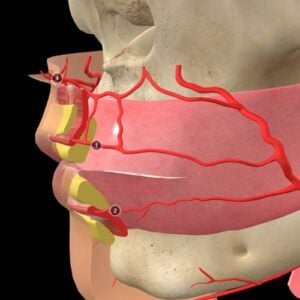 Most people start with textbooks, which is a great foundation, but you rapidly feel that when you’re confronted with a real face, this two-dimensional knowledge isn’t sufficient. You’ve learned academic anatomy, but you haven’t learned clinical anatomy. You need to take it to the next level and make it real for each particular patient.
Most people start with textbooks, which is a great foundation, but you rapidly feel that when you’re confronted with a real face, this two-dimensional knowledge isn’t sufficient. You’ve learned academic anatomy, but you haven’t learned clinical anatomy. You need to take it to the next level and make it real for each particular patient.
The problem with relying solely on textbooks is that they present anatomy in a standardized way that doesn’t account for individual variations. When you’re treating real patients, you encounter different facial structures, varying tissue thickness, and anatomical variations that textbooks simply can’t prepare you for.
The Resolution Problem
When you first start training someone, they can’t tell the difference between a centimeter in the wrong direction – it looks the same to them. Their resolution of anatomical landmarks is much poorer than experienced practitioners who have developed very specific reference points they use consistently, probably within a millimeter accuracy.
This lack of resolution comes from insufficient integration of anatomical knowledge with practical experience. Without this integration, practitioners remain uncertain about their positioning and technique, leading to inconsistent results and decreased confidence.
Building Your Mental Model
You need to build your mental model through multiple sources. Some knowledge comes from sound bites during training sessions – memorable analogies that stick in your head and help you navigate anatomy. You might get insights from photographs in books, and you might attend cadaver classes to actually see structures firsthand.
All of these experiences start to build your mental model. It’s like the difference between having a map and knowing your way around. Having a map is very different from actually knowing the route. That sense of knowing exactly where you are in space relative to all important structures is fundamentally different from just having anatomical knowledge with you.
The Integration Challenge
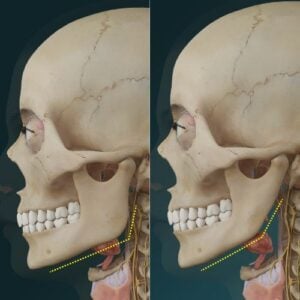 The most vital component of anatomical education is realizing how anatomical knowledge affects your decision-making during treatment. What happens as you improve is that your resolution for these decisions increases. You start to get a sense that a millimeter or two makes the difference between being in a vessel and being near it.
The most vital component of anatomical education is realizing how anatomical knowledge affects your decision-making during treatment. What happens as you improve is that your resolution for these decisions increases. You start to get a sense that a millimeter or two makes the difference between being in a vessel and being near it.
This comes from dealing with real human beings and understanding the practical implications of anatomical relationships. You start to get confidence about positioning based on your developed sense of where structures are located, rather than just theoretical knowledge.
The Role of Practical Experience
You can’t really learn the full extent of anatomy from textbooks or cadaver courses alone. It doesn’t go into the same place in your brain until you’re actually using it. Clinical anatomy is different from just anatomy because you’re utilizing it to make decisions. The interaction between what you know and what you do grinds knowledge into crystallized, useful understanding.
This is why some practitioners can have extensive theoretical knowledge but still feel uncertain when treating patients. They haven’t developed the practical integration that transforms academic knowledge into clinical confidence.
The Blind Spot Problem
One of the biggest challenges in aesthetic education is that practitioners often don’t know what they don’t know. There’s a whole realm where blind spots exist, and unless someone points them out, practitioners remain oblivious to these gaps in their knowledge.
This is particularly problematic because confidence can mask competence gaps. Some practitioners may feel confident based on limited experience, while others with better foundational knowledge may feel less confident because they’re more aware of the complexity involved.
The Teaching Effect
One of the most effective ways to solidify anatomical knowledge is through teaching others. The knowledge you learn most thoroughly is the knowledge you use to teach. During consultations, there’s significant opportunity to explain anatomical concepts to patients, which reinforces your own understanding.
When you explain to patients why their cheek appears narrower due to lateral fat pad shrinkage, or how different fat pads age at different rates, this repetition and verbalization helps cement the knowledge in your mind. Your brain is programmed to forget irrelevant information, so making anatomy useful by applying it regularly helps retain and deepen understanding.
The Progression Path
The journey from basic anatomical knowledge to clinical mastery follows a predictable path. You start with textbook reading, progress through foundation courses with accompanying manuals, then advance to more sophisticated training that includes cadaver work and hands-on experience.
However, this progression isn’t linear, and it never truly ends. Facial anatomy is complex, with numerous variations, and you’re continuously making your understanding more sophisticated. Every time you learn something new, the best outcome is when it actually affects your clinical decisions.
The Confidence Gap
Many practitioners experience a confidence gap where they understand basic anatomy but don’t feel prepared for complex cases or variations. This gap exists because traditional education focuses on standard presentations rather than the full spectrum of anatomical variations encountered in practice.
Building confidence requires exposure to multiple learning modalities, practical application, and ongoing education that addresses both common presentations and anatomical variations. It also requires understanding that anatomical mastery is a continuous journey rather than a destination.
The Assessment Challenge
Knowing where your blind spots are and how to keep closing them represents one of the biggest challenges in professional development. Unlike other medical specialties with established assessment frameworks, aesthetic medicine practitioners often struggle to identify knowledge gaps.
This makes self-directed learning and continuous education even more critical. Practitioners must actively seek out opportunities to challenge their understanding and expose themselves to new anatomical concepts and variations.
The Integration Solution
The solution to the anatomy education gap lies in better integration between theoretical knowledge and practical application. This means moving beyond memorization of anatomical structures to understanding their clinical relevance and practical implications.
Effective anatomical education should include multiple learning modalities, practical application opportunities, and ongoing assessment of both knowledge and clinical skills. It should also emphasize the development of clinical reasoning skills that allow practitioners to apply anatomical knowledge in varied clinical situations.
Conclusion: Bridging the Gap
The struggle most injectors face with facial anatomy stems from an educational system that emphasizes academic knowledge over clinical application. While theoretical understanding provides the foundation, true anatomical mastery requires integration of knowledge with practical experience.
Practitioners who recognize this gap and actively work to bridge it through diverse learning experiences, practical application, and continuous education will develop the confidence and competence needed for successful aesthetic practice. The goal isn’t just to know anatomy, but to understand how anatomical knowledge guides clinical decision-making and improves patient outcomes.
Understanding this educational gap is the first step toward addressing it and developing the anatomical confidence that defines expert practitioners.
Ready to enhance your injection safety and confidence?
Download our comprehensive guide: “The 13 Injection Areas That Carry Extra Risks Cheat Sheet” – your essential reference for identifying and avoiding high-risk anatomical zones. Download your free cheat sheet here and take the first step toward safer, more confident practice.
Related Articles
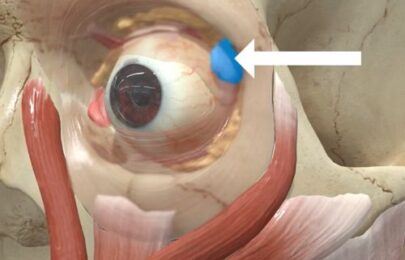 Bestseller
Bestseller
Avoiding Botox Eye Complications From Dry Eye to the ‘Psycho Look’
September 30, 2025
Avoiding Botox Eye Complications From Dry Eye to the ‘Psycho Look’
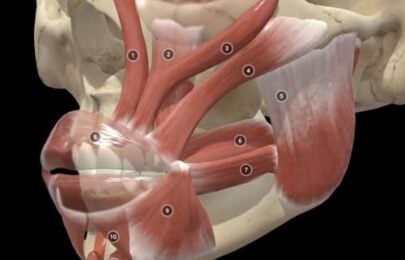 Bestseller
Bestseller
How to Fix a Crooked Smile with Botox
September 25, 2025
How to Fix a Crooked Smile with Botox
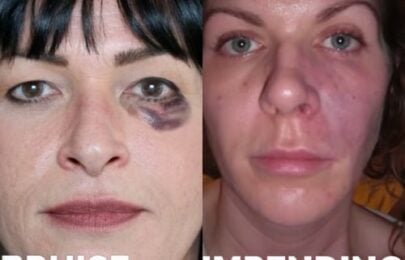 Bestseller
Bestseller
Multiple Causes of Vascular Occlusion and Necrosis
September 23, 2025

